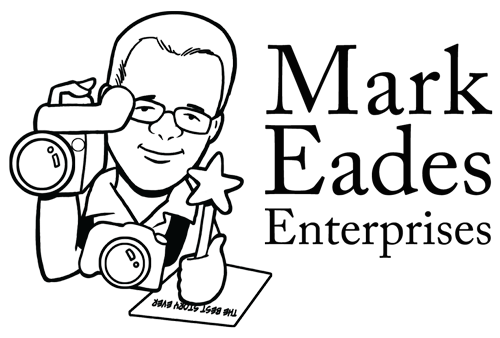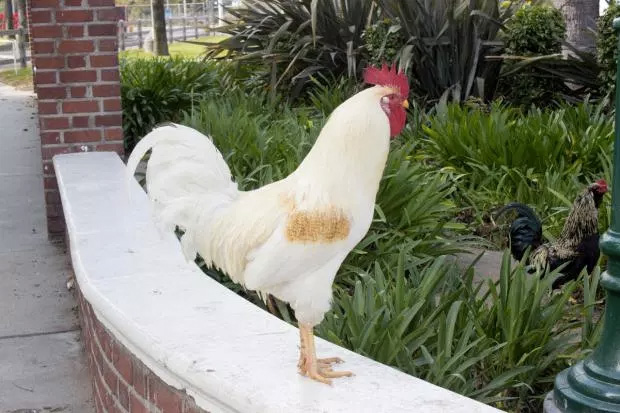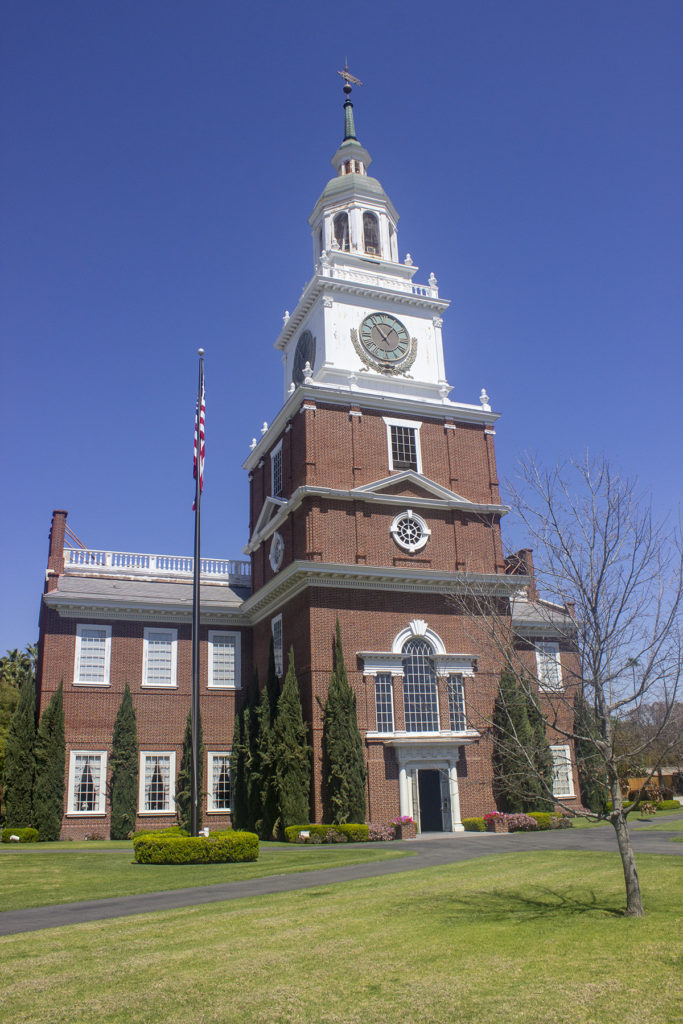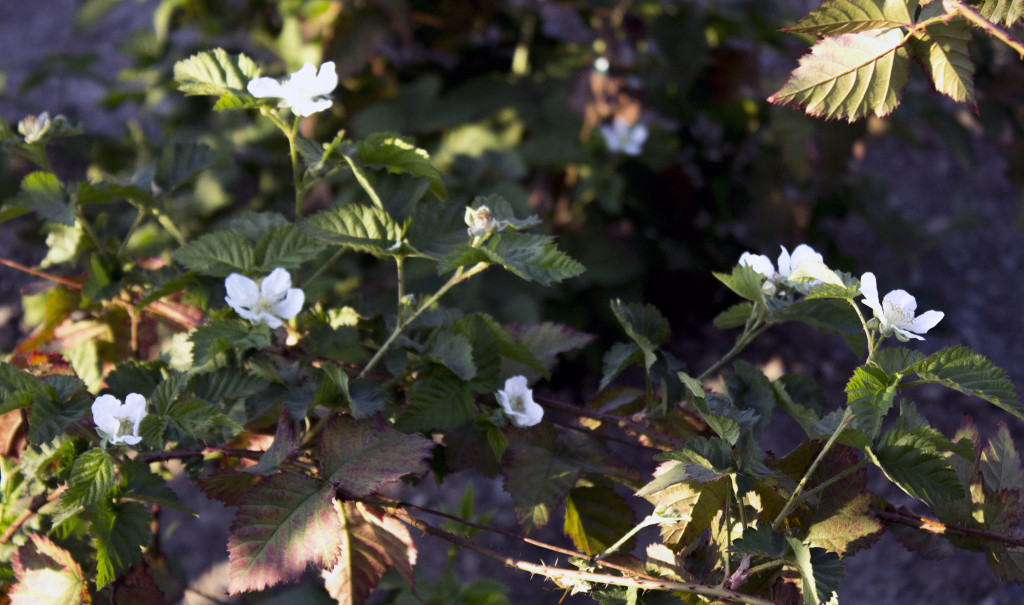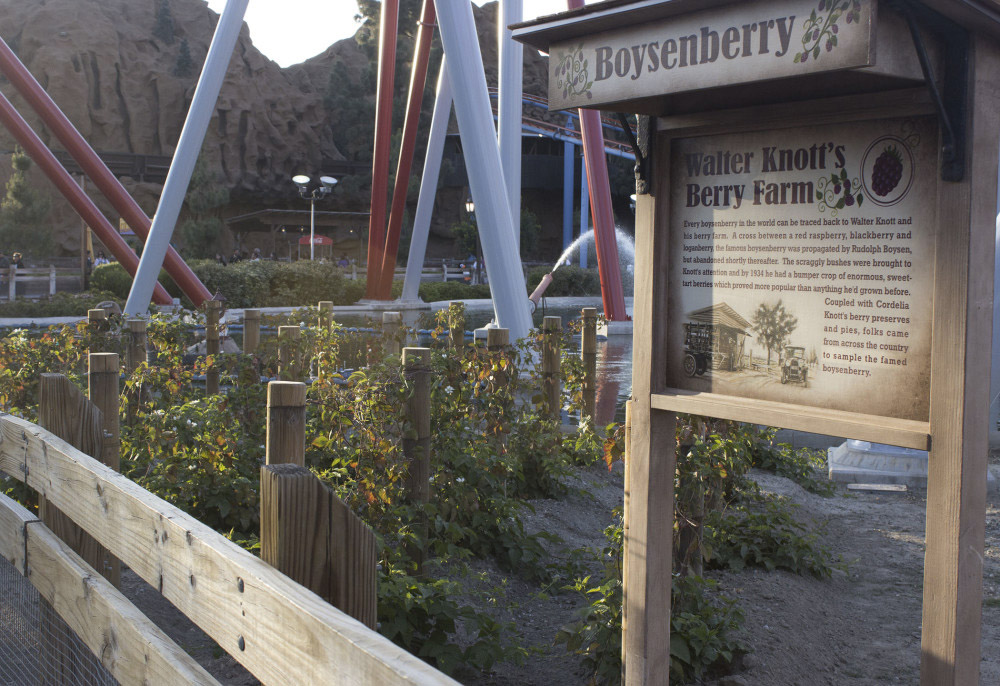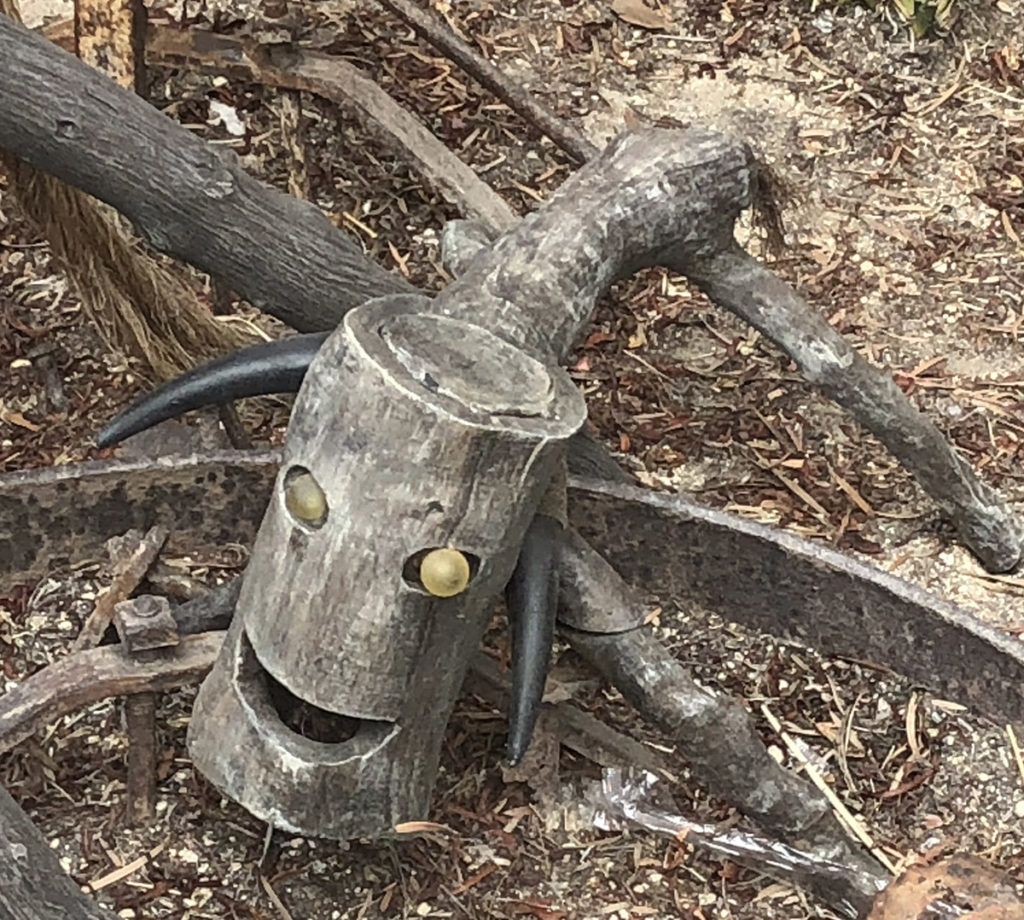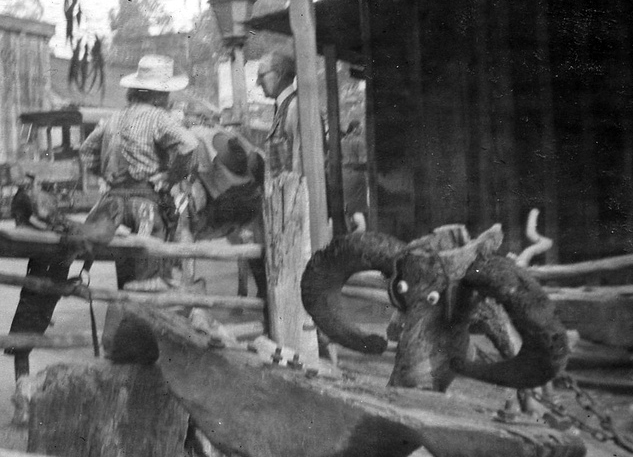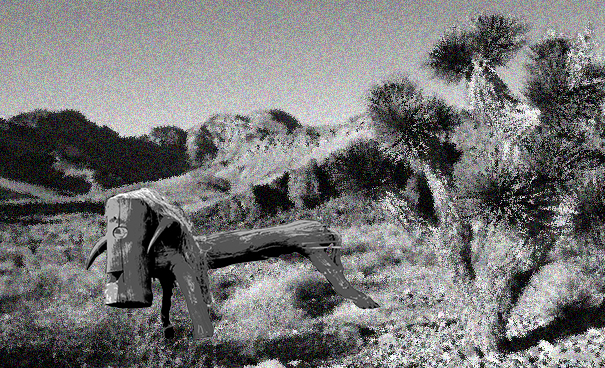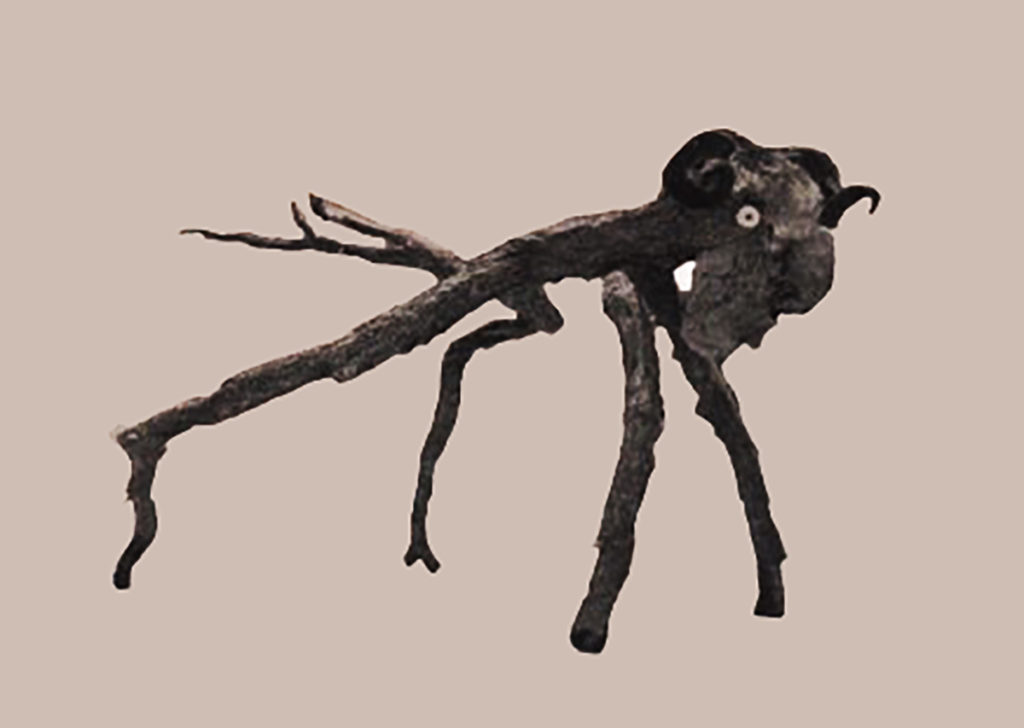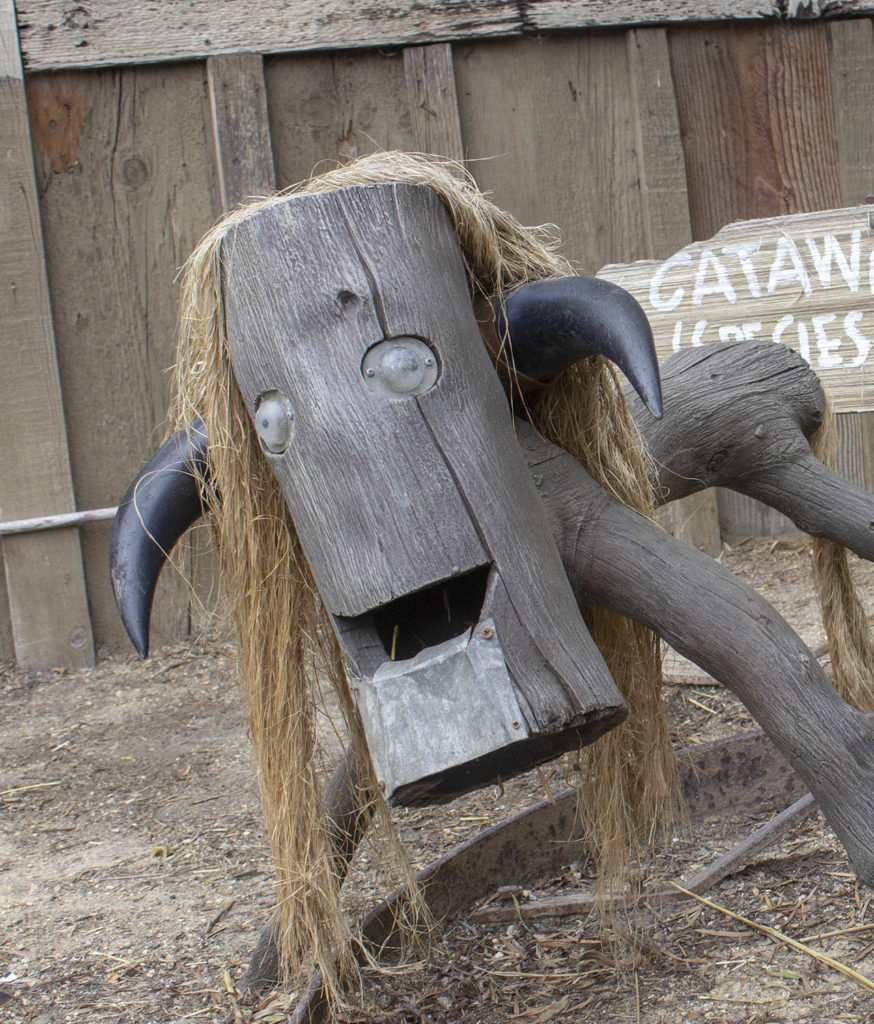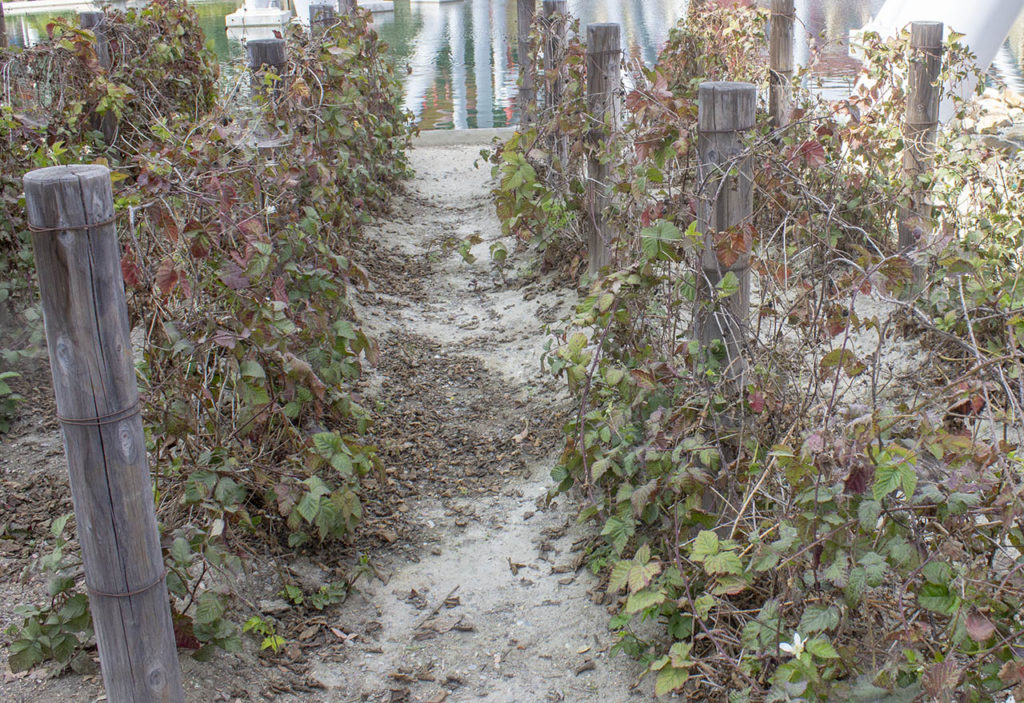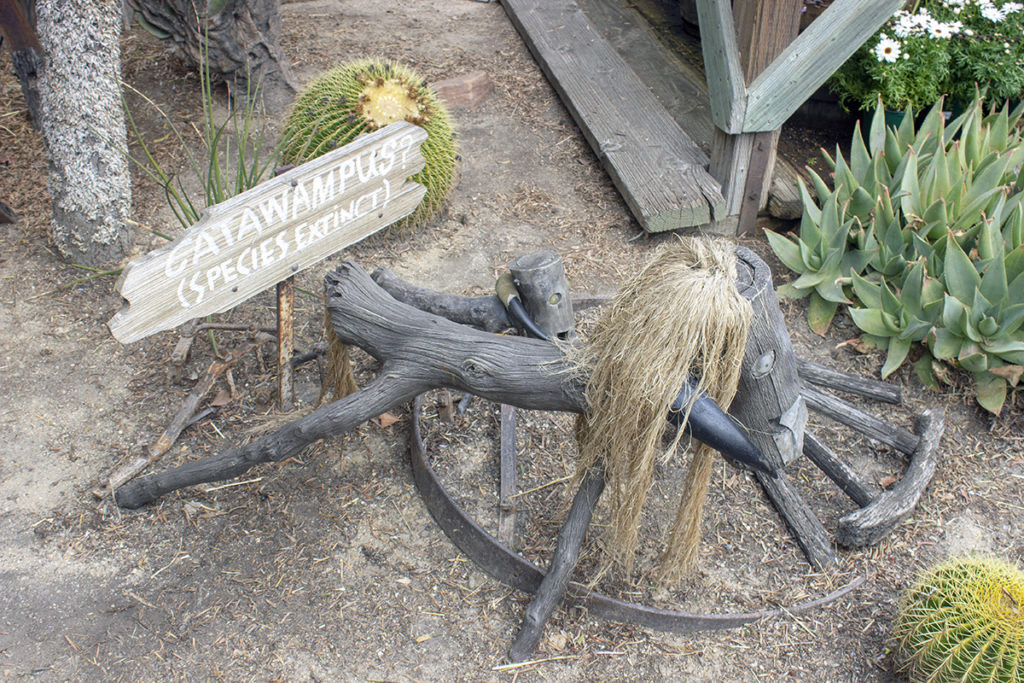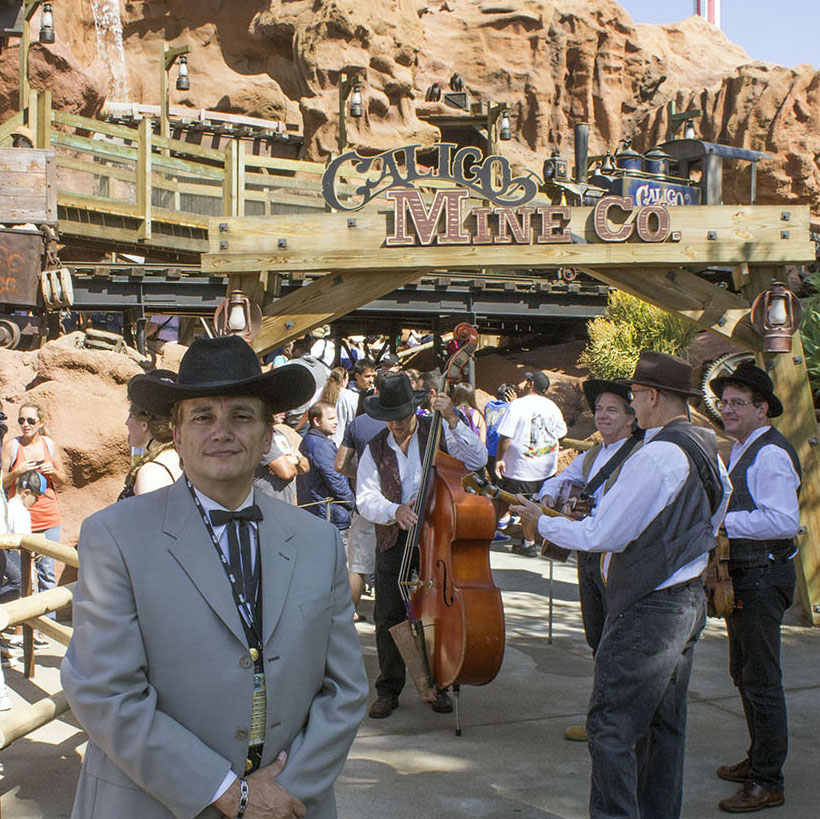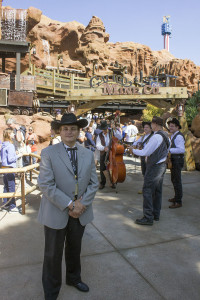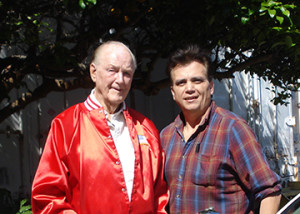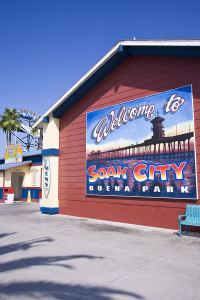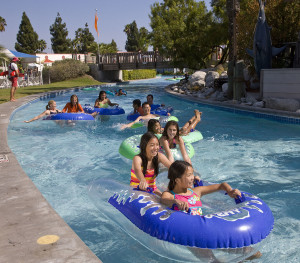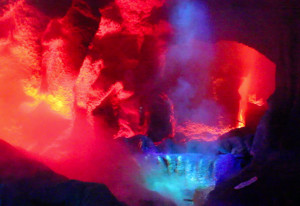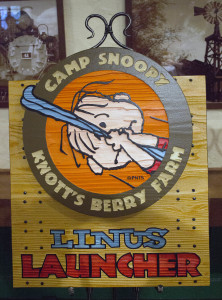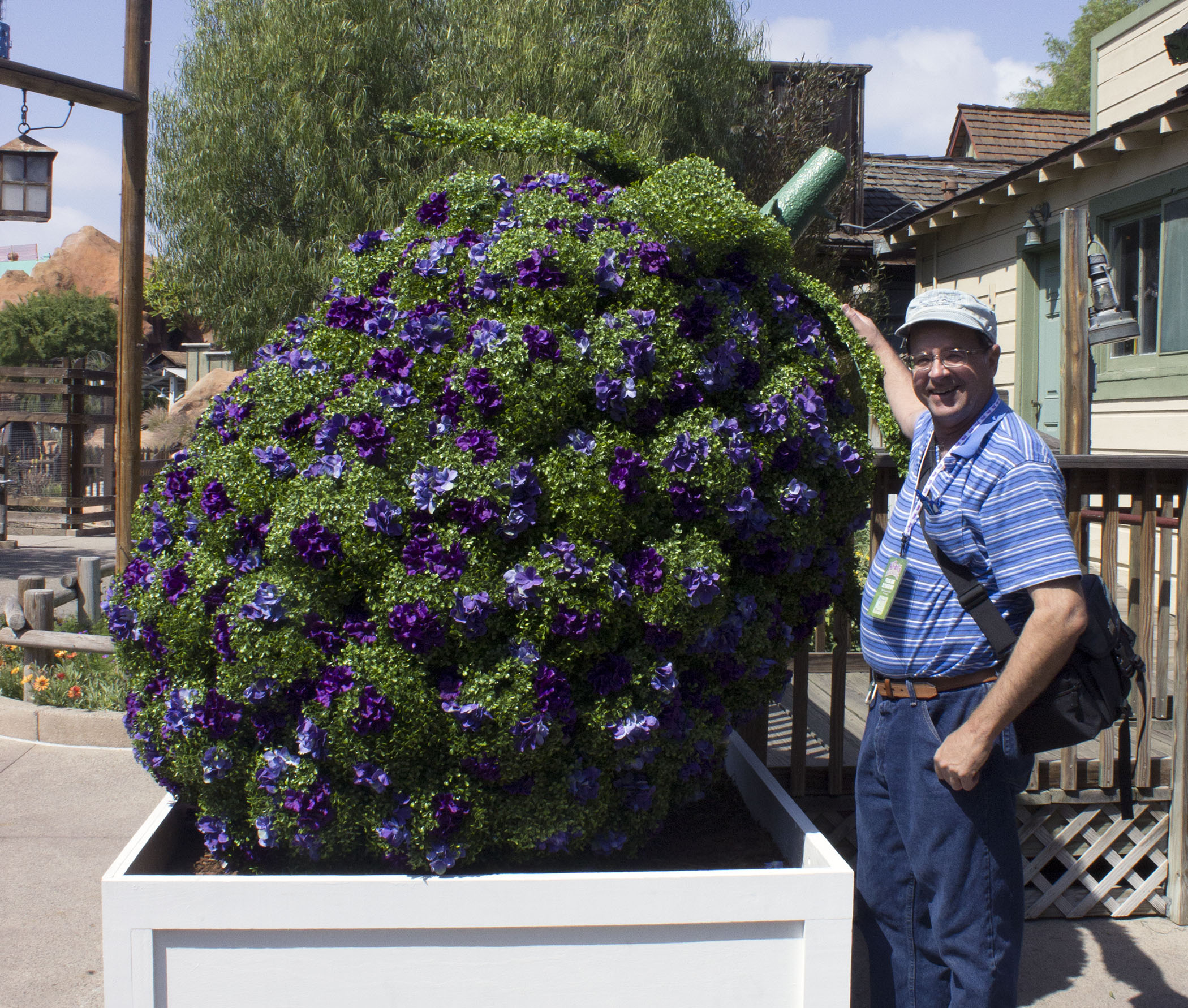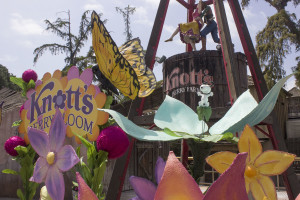Take a look at the photo of Independence Hall at Knott’s Berry Farm. What do you see?
Now ask yourself this: What do you not see?
Chickens. That’s right no chickens around Independence Hall.
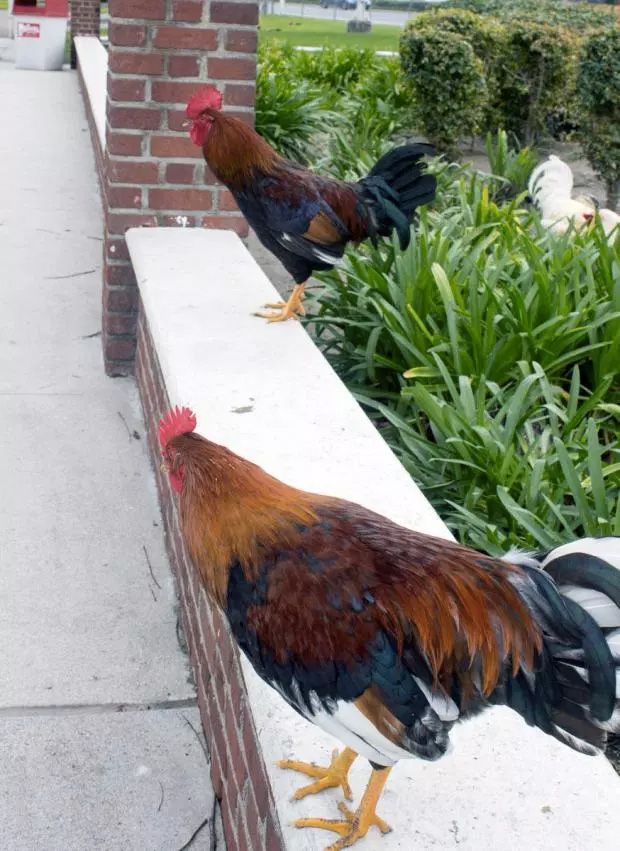
Some of the chickens or roosters that used to hang out around Independence Hall at Knott’s Berry Farm.
In fact, there are no chickens in this area or anywhere at Knott’s Berry Farm any more. They’ve all been removed and sent to a ranch in the Inland Empire with a do not destroy order.
Why? Well the Knott’s folks say the chickens left a lot of, well, chicken doo doo around and it’s a hassle to clean up.
That’s fine, I understand the health issues related to that, particularly with Soak City nearby and people could track that stuff into the water.
That said, I think Knott’s could have come up with a solution that would have kept the tradition of live chickens at the farm and not have the other issue.
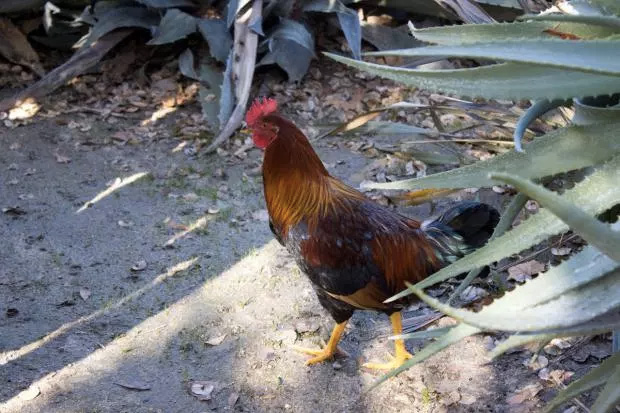
Another chicken in the planter behind Independence Hall at Knott’s Berry Farm, as seen in years past.
How? By creating a new pen where some chickens could be kept. On display for guests, yet not out where they could cause a problem.
The pen would also solve another issue Knott’s was having with the chickens – they attracted coyotes would stalk them and slay one for food, leaving the remains to be seen the next morning. Not a pretty sight.
By the way, this has not been reported by any news organization including the one I used to work for. The reporter assigned to cover Knott’s can’t be bothered with getting real stories. That’s what you get when managers and editors think it’s better to let someone cover Knott’s who lives in Pasadena, versus one (me) who lives in Buena Park, three blocks from the park.
If you think me reporting this story says I’m anti-Knott’s – you’re wrong. I love the park. I just think there could have been a better solution to the chickens that visitors used to love there.
